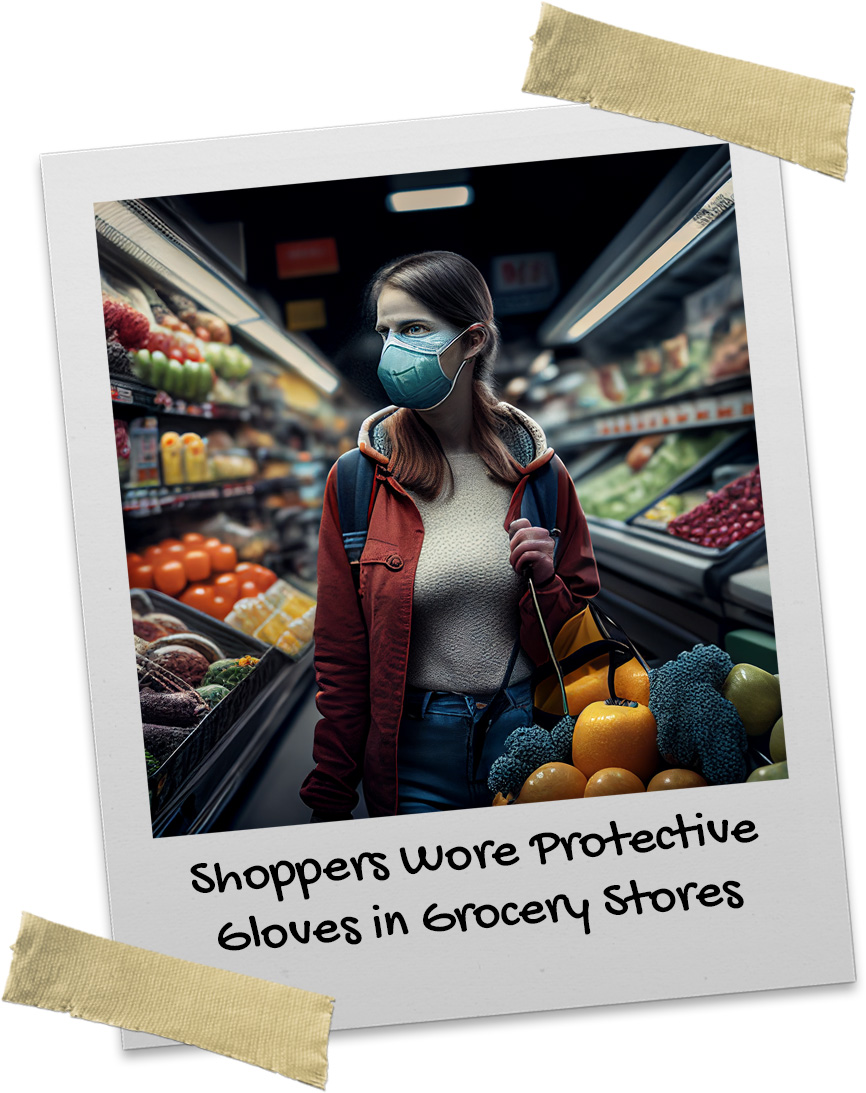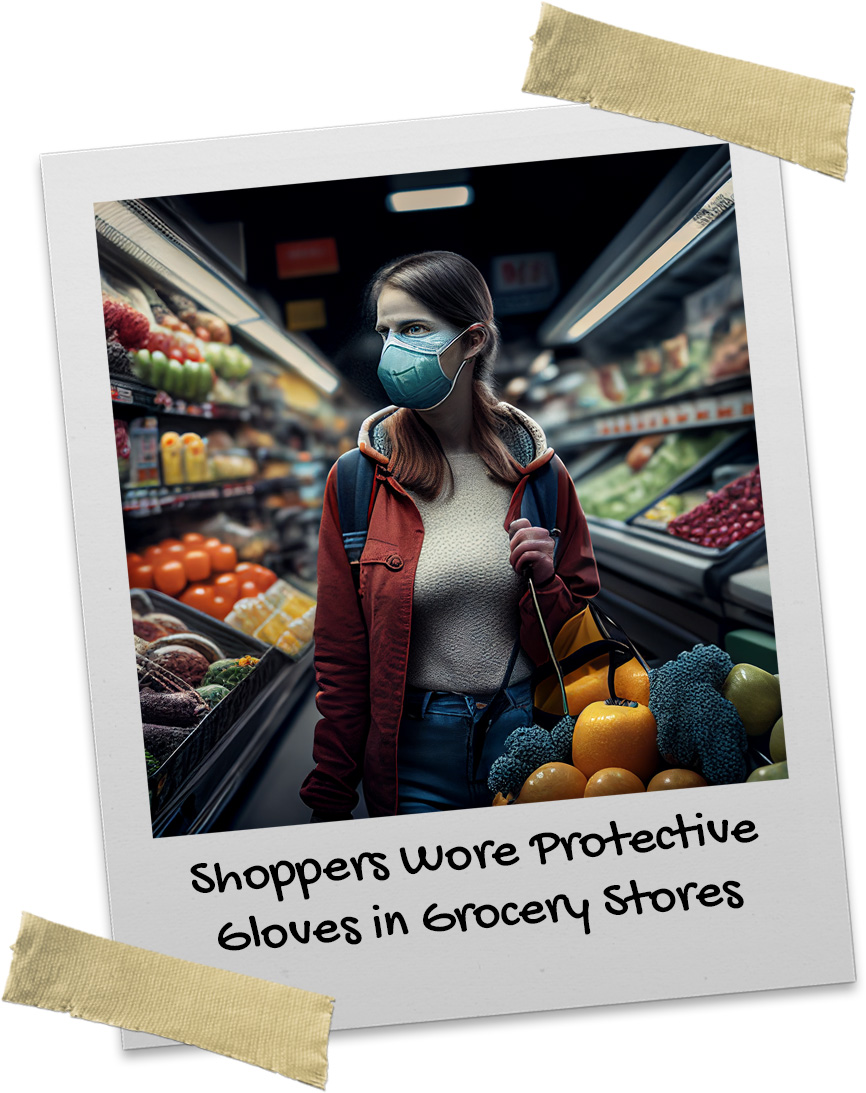Shoppers Wore Protective Gloves in Grocery Stores


One trend that was popular during the pandemic’s beginning was people wearing gloves while shopping at grocery stores. Whether shopping, running errands, or simply going for a walk, there was a subset of the population who turned to donning a pair of gloves to achieve an extra barrier of protection from the virus. Whether this actually provided the extra protection can be left up for debate.
Although wearing medical gloves, which are typically made of natural latex or other stretchy synthetic materials, during essential errands may appear to offer protection against COVID-19, it's not entirely accurate. Gloves can be misleading. People might assume that they are safeguarded and then use gloves to touch their face or themselves. Once the gloves are contaminated, they are as ineffective as using bare hands. This can create a false sense of security, leading to less cautious hand hygiene practices like avoiding face touching or handwashing.
Cross-contamination frequently occurred while putting on and taking off gloves. Like wearing masks or cloth face coverings, wearing gloves necessitated a specific technique, and some people just didn’t follow the proper way to use them effectively.
Not everyone should have been wearing the gloves at all. According to the CDC, people who are caring for someone who is infected with COVID-19 should wear disposable gloves when cleaning surfaces, washing dishes, and doing laundry for a sick person, but not necessarily those who are squeezing avocados in the grocery store.
The CDC also warned that the public over buying and using gloves for mundane tasks was going to cause a shortage of gloves for medical staffs that needed them more.
The biggest thing that gloves did was identify the people who were the most cautious and maybe a little paranoid about catching the virus. You could spot these extra-cautious people by their double masks, gloves, and other extra precautions they took in public places.



